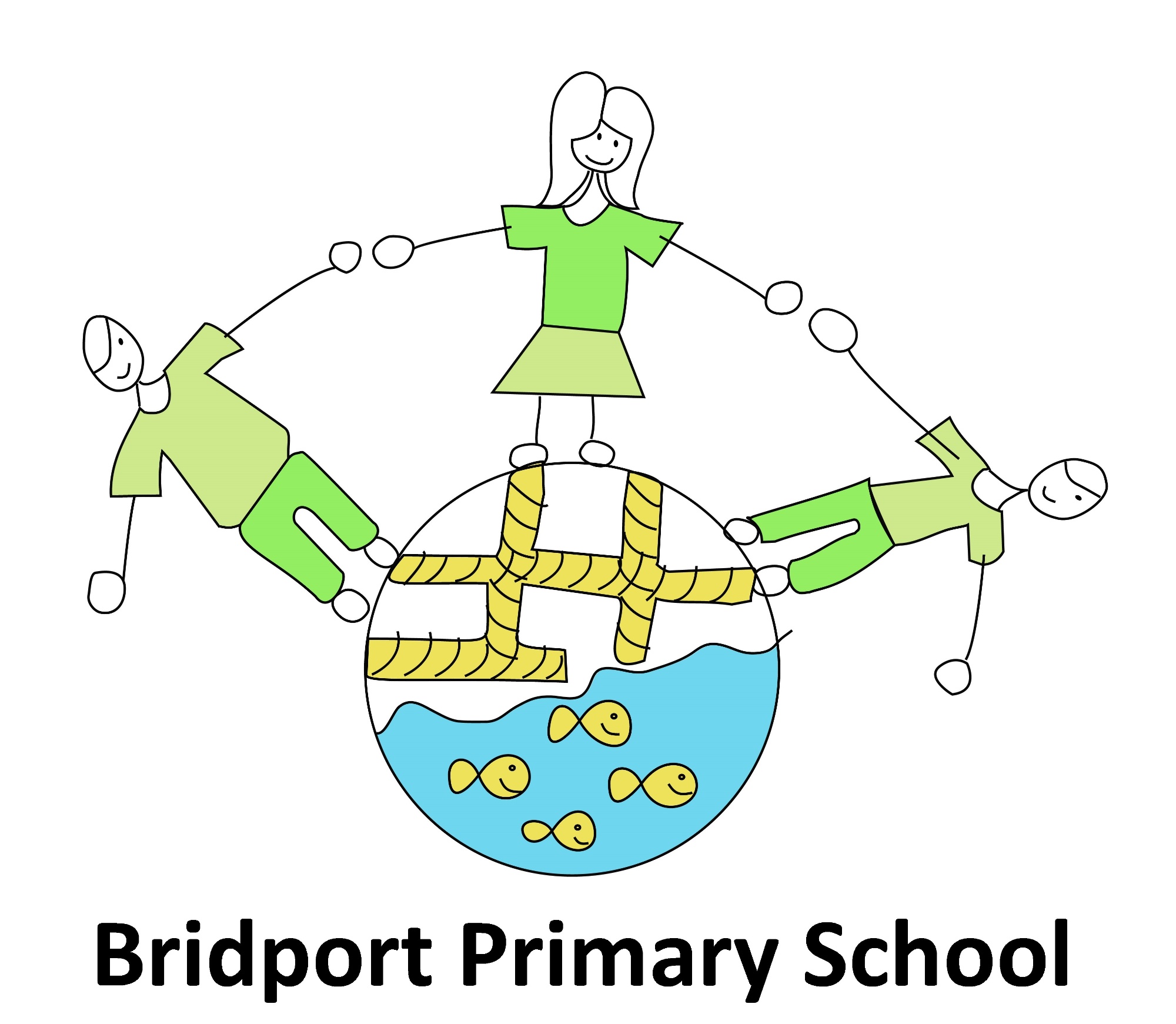Maths
Many parents feel anxious about how best to support their children’s learning in maths as the way it is taught now is very different to how it was taught “in the old days”!
Below are some helpful websites and fun activities that you can try with your child at home:
Oxford Owl Maths – including an online maths dictionary
The Oxford University Press have developed this site to support parents in helping their children with mathematics. You’ll find lots of advice and support, games and activity ideas for how best to help your child develop as a mathematician. There’s also information on what is taught in primary school maths lessons, and what some of the ‘jargon’ means!
GAMES AND ACTIVITIES
Children learn best by DOING maths. Completing practical activities will help your child’s brain to form pictures that will enable them to think abstractly about mathematical concepts.
There are lots of ways in which you can bring maths to life for your child through simple games and activities.
- Shopping -adding up/estimating the total, working out change
- Gardening - counting out seeds, measuring plants
- Identifying 2d and 3d shapes around the house/when out and about
- Cooking/baking - weighing out ingredients, scaling recipes up/down to feed the family
- Constructing/building - measuring in mm, cm, m, identifying shapes
- Reading the time on a clock (digital and analogue): how long until dinner, bath time, bedtime?
- Playing board games: Monopoly, darts, dominoes, shut the box, snakes and ladders
The most important thing is to TALK about the maths. Ask your child questions such as: “How do you know?”, “How did you work that out?” and “What maths facts do you know that could help you solve this?” etc. This will help to develop their fluency and reasoning, two skills we focus a lot on in school.
There are also lots of online games children can play independently or with adult support. Below is a document with a list of websites organised by mathematical concept.
Number Facts
In EYFS and KS1, it is vital that children gain a secure understanding of number facts. We have purchased a program called Numbots which will support your child’s learning in this area, and we would encourage them to play several times a week for approximately 10 minutes at a time.
Click the link to take to you to the Numbots site. Your child’s class teacher will give you their login details.
Multiplication Tables
At BPS, we use TTRockstars to support children’s recall of times tables facts. Ideally they should play every day for no more than 10 minutes: little and often is much more beneficial than an hour of practice once a week! Click the link to take to you to the TTRockstars site. Your child’s class teacher will give you their login details.
The Importance of Times Tables Knowledge
Knowing times tables facts is crucially important to your child’s progression in their mathematics education. Without a thorough understanding of multiplication and division facts, children frequently get ‘lost’ when it comes to do anything with fractions and any multiplication or division with larger numbers. Many mental maths activities and tests require a quick recall of multiplication and division facts. Children who are secure in their times tables knowledge are able to get to grips with trickier tasks straight away and are far more successful.
It is worth explaining what we mean by ‘knowing’ times tables. A child who knows their times tables will be able to recall any of the multiples of a times table out of order within 3 seconds, as well as knowing the corresponding division facts i.e. 4 x 6 = 24 as well as 24 ÷ 6 = 4. Learning multiplication facts and tables are most effective when there is collaboration with school, parents and children. In school, we regularly spend time learning times tables, but a child will be much more successful if they practise outside school independently and alongside parents/carers.
Time Tables Vocabulary
Here are some words that may be used whilst learning and applying multiplication and division:
| multiply | divide | prime | product | once | twice | three times | lots of |
| repeated addition | times | factors | array | double | repeated subtraction | multiple | sets of |
| remainder | halve |
Here are some of the trickier words defined:
Factor – One number is a factor of another if it divides or ‘goes into’ it exactly (without any left over, a remainder). E.g. 6 is a factor of 30 because it goes into it 5 times, but is not a factor of 33 because after dividing there is a remainder of 3.
Groups of/ lots of/ sets of – 3 groups of 5 are 15, 3 lots of 5 are 15, 3 sets of 5 are 15 (3 x 5 = 15).
Multiple – These are the numbers that you find in a times table. E.g. 20 is a multiple of 5, 4, 2 and 10 because it is found in all of those times tables. The multiples of 5 are 5, 10, 15, 20 etc.
Product – A product is the answer you get when you multiply two or more numbers together. E.g. the product of 3 and 4 is 12 (3 x 4 = 12).
Prime – A prime number will only divide equally between 1 and itself e.g. 7, 11. The first ten prime numbers are: 2,3,5,7,11,13,17,19,23,29.
Array – As shown, an array is a visual representation of multiplication. E.g. 3 rows of 5 with 15 in total.

